*READ FULL ARTICLE WITH PHOTOS* https://muscularstrength.com/article/Ideal-Number-of-Sets-Reps-for-Muscle-Growth Here is a question that always seems to have a different answer no matter who you ask. “How many sets and reps should I do to build muscle?” The straight answer is that there is no “specific” set or rep range that will work for everyone. There is no magical number and for those of you who are under the impression that you need to “lift big to get big”, well, that is just an old school mentality. The truth is that the number of sets and reps that you should perform depends on how you are genetically built. In simple terms, you can fall into 3 categories: 1. You have a higher ratio of fast-twitch muscle fibers 2. You can have a higher ratio of slow-twitch muscle fibers 3. You can have a balance of both types Higher Ratio Of Fast-Twitch Muscle Fibers In the first case, your muscles have a predominance of fast twitch muscle fibers. These fibers are responsible for short to moderate duration activities of high intensity. An easy way to understand this is to think about a runner. Olympic sprint runners, for example, tend to have a higher ratio of fast twitch muscle fibers: they run balls to the wall for a very short distance with maximum intensity. Powerlifters are another example. They lift ridiculously high amounts of weight for one rep. So max intensity for a short amount of time. If you fall into this category, you will get the maximum amount of growth by stimulating THESE fibers which equals very high intensity lifts with a low repetition range. This means doing the old school bodybuilder format with very heavy weights, 5 – 8 reps per set and 4 – 6 sets per exercise. Higher Ratio Of Slow-Twitch Muscle Fibers If you are the second case, you will have a higher ratio of slow-twitch muscle fibers. This type of fiber is responsible for long duration movements with moderate to low intensity. Now let us go back to the runner example. For this type of muscle fiber, you would be more like a marathon runner that has amazing endurance and does moderate intensity exercise for long periods of time and/or distances. With that being said, if you are this kind of person, performing heavy weights with low reps is not going to do much for you. Since you have a higher ratio of the slow twitch fibers, you have to structure your workouts to stimulate THOSE fibers. In this case, you will need to perform moderate intensity and more reps which means higher volume workouts. Now do not misunderstand this as claiming you have to lift with light weight. Your weights should still be challenging, but just not as close to your one rep max. In fact, you would benefit more from shorter rest periods (30 to 60 seconds between sets), a repetition range of 10 – 15 reps per set and 4 – 5 sets per exercise. Another thing you should know about slow twitch muscle fibers is that they have more limited growth ability so if you want to really maximize your size, you should focus on high volume workouts but still sprinkle some heavy weight low repetition sets to get the smaller percentage of fast twitch to grow and help with your overall size. This is actually the basis for my SHREDDED 12 Week Transformation Challenge. Balance Of Both Types The third case should be easy to figure out by now. If you have a balance, you should incorporate both training strategies into your workout: high volume and heavy weights with low reps. How Can I Figure Out My Ratio? By now I am sure you are wondering how you can find out if you have a higher ratio of slow or fast twitch muscle fibers. Well, there are 3 ways to find out: 1. You can perform a six week test using each one of the protocols. So train for 6 weeks with super heavy weights with 5 – 8 repetitions per set and then switch to 6 weeks of training with slightly lighter weights and a rep range of 10 – 15 reps per set and see which one causes the better response and more muscle growth. 2. Do a quick test. Now this is a rough test and will not be 100% accurate but should give you an idea. Here’s what you have to do: Go to the gym, pick any exercise and find out what the maximum weight you can use is for one rep (also known as your one rep max). *CONTINUE READING HERE* https://muscularstrength.com/article/Ideal-Number-of-Sets-Reps-for-Muscle-Growth Program Selector – Get The Right Program For You! – https://muscularstrength.com/Program-Selector —————————————- Subscribe To My Channel – https://www.youtube.com/user/ScottHermanFitness —————————————- 1 on 1 Online Coaching – http://muscularstrength.com/consultations —————————————- DOWNLOAD MY APP! – iPhone & Android! https://muscularstrength.com/phoneapp —————————————- MORE TIPS! – https://www.instagram.com/ScottHermanFitness

Ideal Number Of Sets & Reps For Muscle Growth | YOU ARE DOING IT WRONG!
- Post author:
- Post published:June 16, 2021
- Post category:Uncategorized
- Post comments:0 Comments
You Might Also Like

Cholesterol Lipid Panel Screening Procedure
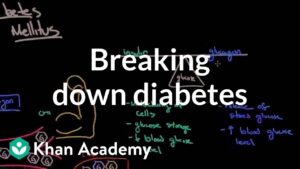
Endocrine System Diabetes And Asanas Video – 1
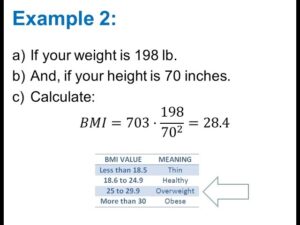
Calculate Body Mass Index (BMI)

Cure Cirrhosis With This Recipe – Homeveda Shorts

Biological Psychiatry Video – 4
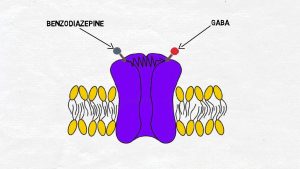
2-Minute Neuroscience: Benzodiazepines

Muscleblaze(BCAA)and(L-Arginine)rs.638 Pre workout i by FROM AMAZON | bodybuilding supplements

Surgery Books Video – 4

tablet capsule strip packing

How To: Hanging Leg-Lift

Kidney anatomy

Quick Facts About Lipid Profile

Full Body Workout Routine Using a Wall Part 2 | Natalie Jill

Sugar Free, Low Sugar Video – 4

Can You Use Minoxidil on Your Beard? | Eric Bandholz
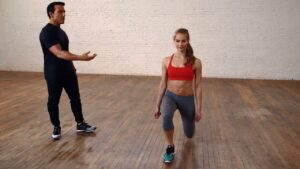
Lunges Exercise-1

Garlic Nutrition Video – 2

Minerals – What Are Minerals – What Do Minerals Do – What Are The Essential Minerals

Rugby Video – 3

Special Weight Loss Routine Video – 6

Tricor To Lower Triglycerides and Bad Cholesterol in the Blood – Overview

How To Do Perfect SQUAT | FITNESS SPECIAL | SQUATS For Beginners | WORKOUT VIDEO

Semen Meaning

Keto Diet, Keto Foods, Keto Recipes Video – 23

Life Ionizers Presents – Brain Health & Alkaline Ionized Water

Nutrilite Selmon Omega-3 demo | demonstration

The scientific truth about steroids

What’s happening in my uterus?!

Circulatory System Heart BP And Asanas Video – 1
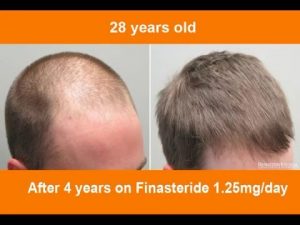
Restultados finasterida

3D Mechanism of Action of drug delivery microspheres – MOA
Nutrition & Supplementation Videos

How fat loss works in your body – the suprising truth

What level of creatinine indicates kidney failure ?

Crazy 400m sprint

Anabolic Steroids – History, Definition, Use & Abuse Video – 42

Osteoporosis

Biceps – stability ball curls

Keto Diet, Keto Foods, Keto Recipes Video – 24

Causes Of Vomiting In Babies – How To Overcome

Instructional FItness – Cable Curls

